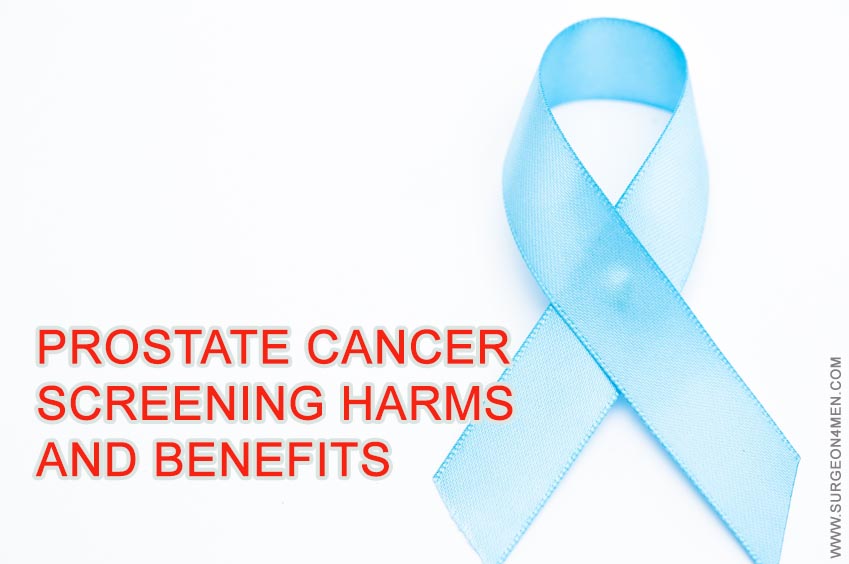Prostate Cancer Screening | Harms and Benefits
Cancer can be defined as an uncontrolled growth of cells. When cancer happens in the prostate, it is referred to as prostate cancer. Prostate cancer is the most common form of cancer in men in the United States after skin cancer. Prostate forms a part of the male reproductive organs, in addition to the penis and the testicles. The prostate surrounds the urethra and lies below the bladder, right in front of the scrotum. The main function of the prostate is to synthesize fluid that makes a part of the semen. As a man ages, the prostate tends to increase in size. This leads to the narrowing up of the urethra and the man experiences a decrease in urinary flow.
The common risk factors for developing prostate cancer are aging, family history, and race. Typical symptoms of prostate cancer are difficulty in urination, weak and interrupted flow of urine, difficulty in emptying the bladder, and pain during urination.
Prostate Cancer Screening
Benefits of PSA Screening
People who advocate the use of PSA screening believe that it offers the following benefits:
- If cancer is detected at an early stage then there are more treatment options available. As per a European study, men who had undergone a PSA study were at a 20% lower risk of dying from prostate cancer in the next 13 years.
- Men who suffer from an aggressive form of prostate cancer have the best chances of survival if it is detected in the early stages.
Harms of PSA Screening
The risks of PSA screening are listed below:
- Follow-up tests might be required to diagnose cancer. Normally if a person has higher PSA levels, then biopsy of the prostate is advised. The biopsy too is associated with complications such as fever, blood in the urine, and urinary tract infection. Moreover, if the result of the biopsy is negative then the person might start worrying all the more about developing prostate cancer in the future.
- The PSA screening could yield false negative tests wherein the PSA levels are normal even though the person has prostate cancer.
- The PSA screening might even yield false positive tests wherein the PSA levels are high even though the person has no prostate cancer.
References:
- “Screening for Prostate Cancer — The Controversy That Refuses to Die” by Michael J. Barry. Published on March 26, 2009 in the New England Journal of MedicineVolume 85, accessed on 8 June 2015. Retrieved from: http://dx.doi.org/10.1056/NEJMe0901166
